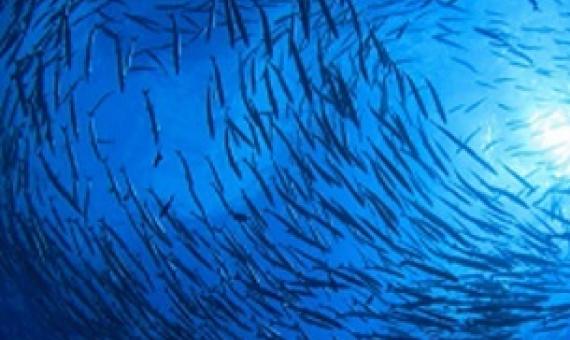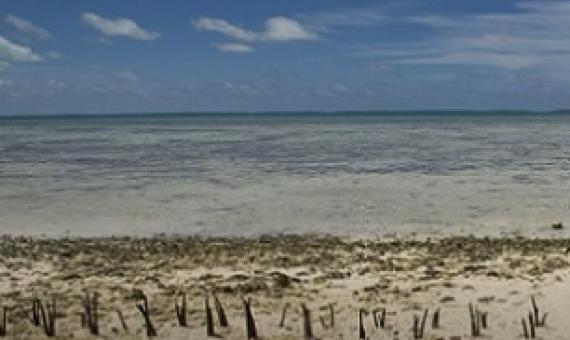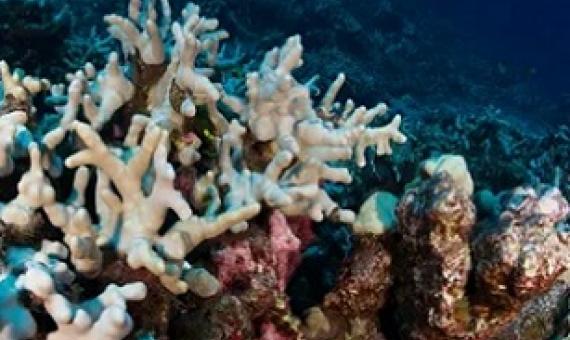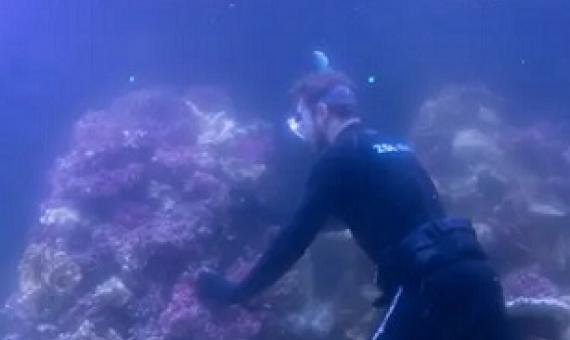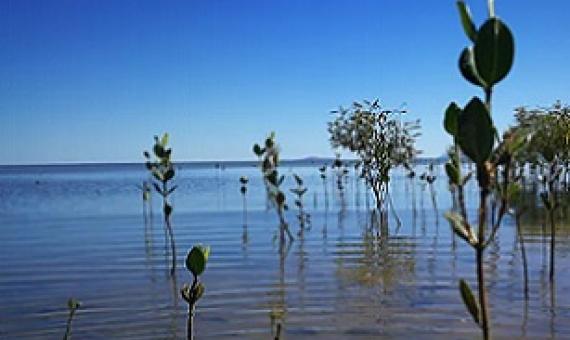An international group of marine scientists have called on G7 countries to prioritize planning ocean protections at the next summit, to take place in Cornwall, England, next month.
The conservation community has fiercely debated whether to help species move as climate change and habitat loss threaten more extinctions. Now, scientists are calling on an upcoming international conference to set guidelines for this complex – and potentially risky – challenge.
Cliamte change poses a fundamental threat to Pacific food systems. This is according to a recent evidence brief by the Pacific Community (SPC). The brief is intended to support Island countries and thier representatives engage with the Food Systems Summit 2021.
Scientists have launched a world-first system to detect in almost real time the bleaching of the planet’s coral reefs that are under severe threat from global heating.
This weekend, conservationists will put the final touches to a giant artificial reef they are assembling at London zoo.
Projects that manage, protect and restore ecosystems are widely viewed as win–win strategies for addressing two of this century’s biggest global challenges: climate change and biodiversity loss.
Because of global warming, most newborn sea turtles are female, which could put their long-term survival at risk. New research reveals that in addition to more widely used techniques such as shading and irrigation, the splitting of the turtle nests, which has not been tried before, coul
The procurement of new technology will help local conservationists monitor how warming oceans are affecting the marine environment around the globe...The equipment is part of a global network of data sensors being deployed to bring better understanding to the impacts of climate change on the mari
In 8 Billion Angels, a new documentary about the rising population, experts explain how it will be those consuming less who will face the worst consequences...It’s a film about the connection between climate change and overpopulation, demonstrated through the intersection between human geography
Mangroves in Fiji represent an important coastal ecosystem. They provide critical multi benefits to coastal communities, as they protect shorelines from sea-level rise and extreme storm surges their intricate root systems also supports an array of diverse marine wildlife.

